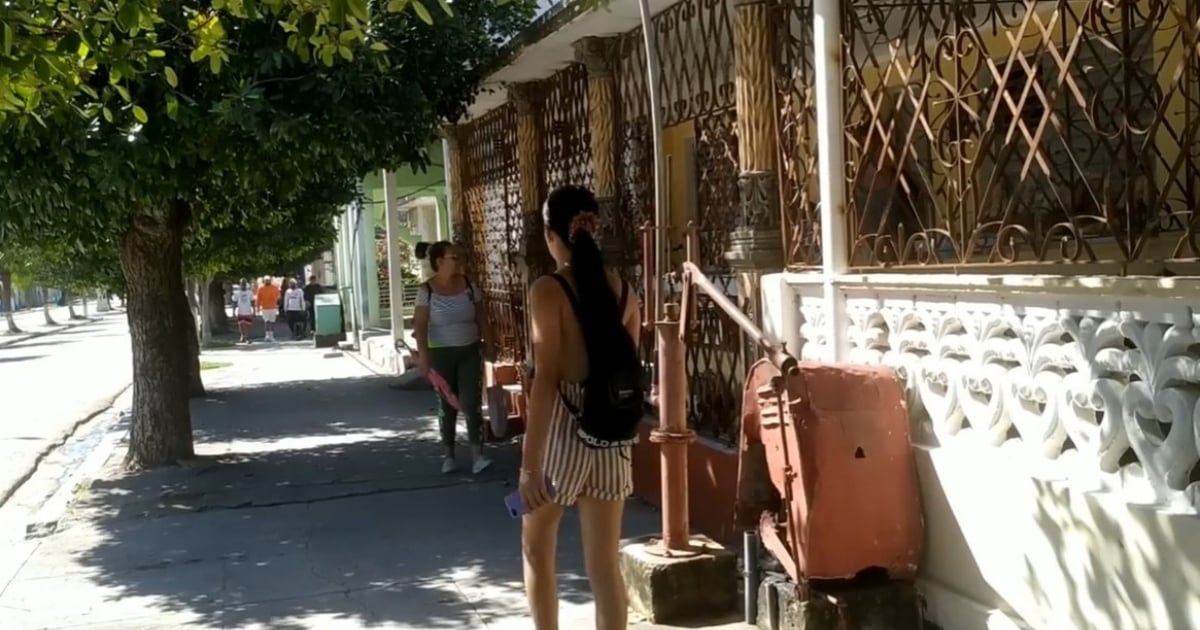Authorities in Villa Clara have reported the first cases of Oropouche fever in the region, specifically in the town of San Juan de los Yeras, located in the Ranchuelo municipality. According to a Facebook post by Juan José Pulido López, the provincial director of health, the number of patients—though unspecified—have been confirmed by the Pedro Kourí Institute (IPK). Pulido López emphasized that all patients are currently showing satisfactory progress and that no cases have been detected in other municipalities.
"It's important to remember that although the symptoms of this disease are similar to dengue, it is essential to seek medical attention at the onset of symptoms," he highlighted.
Spread of the Oropouche Virus
As of May 27, Villa Clara had not reported any cases of the Oropouche virus (OROV) in the province. However, the Ministry of Public Health (MINSAP) announced the presence of the disease in two areas of Santiago de Cuba. Since then, the virus has spread to other regions such as Mayabeque, where it was detected in the San Nicolás municipality, following initial reports not only in Santiago de Cuba but also in Cienfuegos.
Although the government insists there have been no fatalities, a 22-year-old male from Santiago de Cuba passed away last week while hospitalized with Oropouche symptoms. The young man, from the II Frente municipality, was a fourth-year Geography student at the University of Oriente. A neighbor told independent journalist Yosmany Mayeta Labrada that the young man felt unwell after returning home from school. His mother took him to the hospital in Mayarí Arriba, where doctors initially found nothing wrong. The next day, he was urgently transferred to Santiago, where he was admitted to intensive care with a diagnosis of bacterial pneumonia.
The University of Oriente shared a note on Facebook lamenting the student's death, without mentioning the cause.
Meanwhile, in Sancti Spíritus, more than 500 febrile cases have been reported in the past seven days. Despite this, health authorities claim there is no presence of the Oropouche virus in the area. According to Dr. Carlos Ruiz Santos, director of the Provincial Center of Hygiene, Epidemiology, and Microbiology, a protocol similar to that of dengue is being implemented. The official newspaper Escambray reported that dengue fever cases have also been recorded, with 22 cases in the last week, predominantly in the municipalities of Yaguajay and Trinidad.
Understanding the Oropouche Virus Outbreak in Cuba
To help readers better understand the situation, we have compiled a set of frequently asked questions about the Oropouche virus outbreak in Cuba.
What is the Oropouche virus?
The Oropouche virus (OROV) is an arbovirus transmitted primarily through the bite of infected midges. It can cause Oropouche fever, which presents symptoms similar to dengue, including fever, headache, myalgia, and rash.
How is Oropouche fever diagnosed?
Diagnosis of Oropouche fever is typically confirmed through laboratory tests conducted by specialized institutions, such as the Pedro Kourí Institute (IPK) in Cuba.
What measures are being taken to control the outbreak?
Health authorities are applying protocols similar to those used for dengue, including vector control measures and public awareness campaigns to encourage early medical consultation if symptoms appear.
Has there been any death linked to the Oropouche virus?
Although the government has not acknowledged any deaths directly linked to the Oropouche virus, there has been at least one reported fatality of a young man in Santiago de Cuba who exhibited symptoms consistent with the disease.
